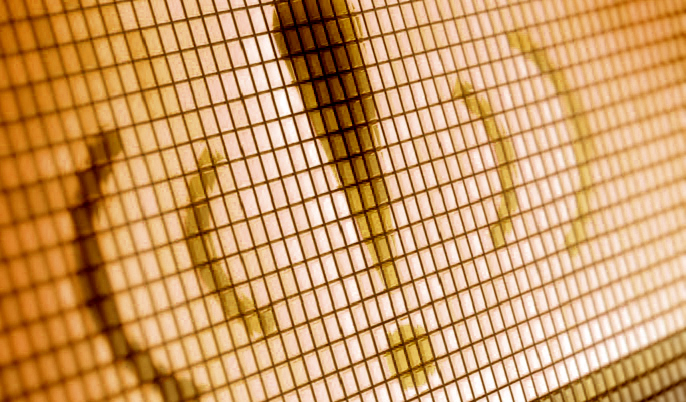Johns Hopkins Develops Real-Time Data Dashboard to Track Coronavirus
The interactive dashboard tracks reported cases of coronavirus using real-time data, enabling researchers and the public to monitor the outbreak as it unfolds.

Source: Thinkstock
- The Center for Systems Science and Engineering (CSSE) at Johns Hopkins University has developed an interactive, web-based dashboard that tracks real-time data on confirmed coronavirus cases, deaths, and recoveries for all affected countries.
For more coronavirus updates, visit our resource page, updated twice daily by Xtelligent Healthcare Media.
First publicly shared on January 22, 2020, the dashboard was created to offer providers, public health authorities, researchers, and the general public a user-friendly tool to track the outbreak. All data collected and displayed is made freely available, initially as Google sheets but now in a GitHub repository, along with the feature layers of the dashboard.
The dashboard reports cases at the province level in China; city level in the US, Australia, and Canada; and country level otherwise. From January 22-31, CSSE collected and processed all data manually. During this period, the team typically conducted updates twice a day, both morning and night.
As the outbreak continued to evolve, the manual reporting process became overwhelming, and CSSE adopted a semi-automated living data stream strategy.
Researchers noted the primary data source for the visual dashboard is DXY, an online platform run by members of the Chinese medical community. DXY collects local media and government reports to provide COVID-19 cumulative case totals in near real-time at the province level in China and the country level otherwise.
Every 15 minutes, DXY updates the cumulative case counts for all provinces in China as well as other affected countries and regions. For regions and countries outside mainland China, such as Hong Kong, Taiwan, and Macau, CSSE manually updates case numbers throughout the day when new cases are identified.
The team tracks multiple data sources to track new cases of coronavirus, including various Twitter feeds, online news services, and direct communication sent through the dashboard. Before updating the dashboard, researchers confirm with organizations like the CDC, the China CDC (CCDC), the World Health Organization (WHO), and city and state-level public health authorities.
In an article published in The Lancet Infectious Diseases, the team noted that the dashboard is particularly effective at documenting the timing of the first reported case of COVID-19 in new countries or regions. CSSE plans to continue to host the tool as the disease evolves.
“With the exception of Australia, Hong Kong, and Italy, the CSSE at Johns Hopkins University has reported newly infected countries ahead of WHO, with Hong Kong and Italy reported within hours of the corresponding WHO situation report,” researchers said.
“Given the popularity and impact of the dashboard to date, we plan to continue hosting and managing the tool throughout the entirety of the COVID-19 outbreak and to build out its capabilities to establish a standing tool to monitor and report on future outbreaks. We believe our efforts are crucial to help inform modelling efforts and control measures during the earliest stages of the outbreak.”
Various players across the healthcare industry have bolstered their efforts to track and control the spread of COVID-19, mainly through increased telehealth services.
Blue Cross Blue Shield Association (BCBSA) recently announced that its network of 36 independently owned BCBS companies will increase access to prescription drugs, enhanced telehealth, and other clinical support systems to combat the disease.
“It is important that our members feel safe and secure knowing that they are able to pursue the proper care and testing they need to protect their health during this time of concern,” Vincent Nelson, MD, president, medical affairs and interim chief medical officer at BCBSA said in the announcement.
Policymakers have also come together to expand telehealth access and address the coronavirus outbreak. Congressional leaders recently agreed to a coronavirus response bill that will allow Medicare reimbursement for care providers using telehealth to treat seniors at home.
The emergency spending deal will waive Medicare’s geographical restrictions on telehealth during a public health emergency, allowing providers to use telehealth services in both rural and urban areas as well as in a patient’s home.
“To protect public health, the bill will allow Medicare providers to extend telemedicine services to seniors regardless of where they live, at an estimated cost of $500 million,” House Speaker Nancy Pelosi said in a statement.
As individuals continue to take extra precautions to protect themselves from COVID-19, data and technology will play an integral role in helping healthcare professionals manage and monitor the disease.
